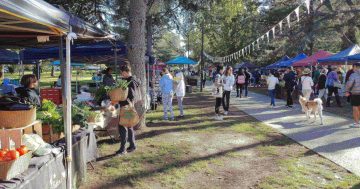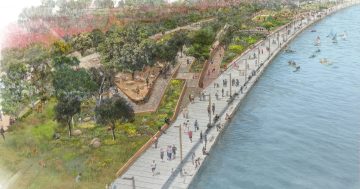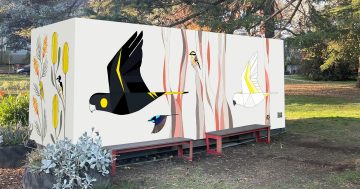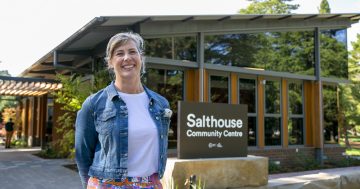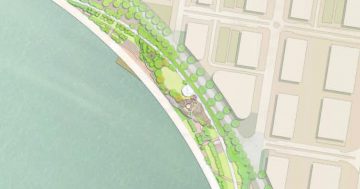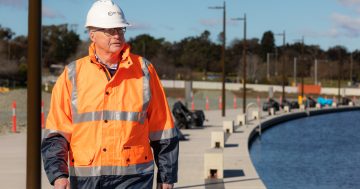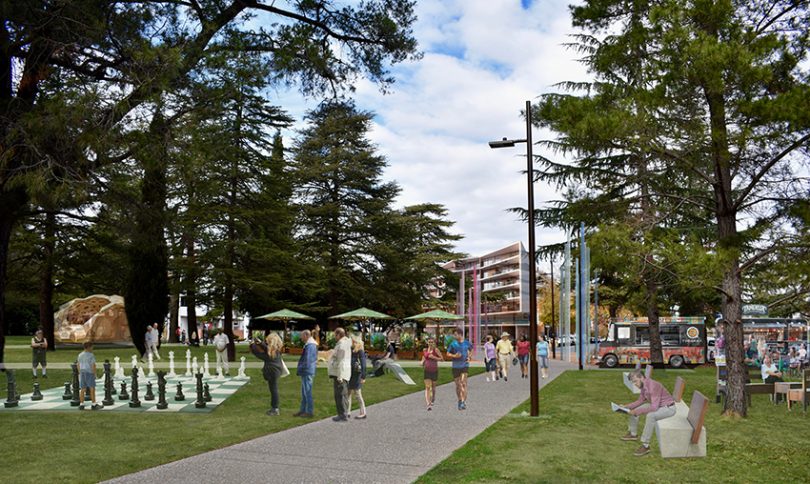
What Haig Park could look like. Image: City Renewal Authority.
An almost $1 million project will trial a range of improvements and events in Haig Park over the next six months as a dry run for more permanent changes to revitalise the little-used green space in the inner north.
The City Renewal Authority has appointed a University of Canberra led consortium – which includes architects and urban planners Tait Network, Ainslie and Gorman Arts Centre, and event management company Dionysus – to run the $945,000 Haig Park Experiments project, which will reflect the Haig Park Place Plan developed in consultation with the community.
It says the Haig Park Experiments will take place in three stages across a six-month period starting mid-2019.
Phase 1, known as Welcome, will invite people back into the park by refreshing key areas of the park’s infrastructure, supported by playful small-scale public activities.
Phase 2, Discovery, will encourage new types of participation through larger-scale infrastructure – like a temporary pavilion – nature play, running tracks, and events that rediscover the seasonal beauty of winter.
Phase 3, Celebration, will continue the testing of Phase 1 and 2 actions and build on this groundwork to deliver larger events that test the potential of the park in warmer weather.
City Renewal Authority chief executive officer Malcolm Snow said the place planning process showed that people valued Haig Park highly, but also revealed how much better they wanted this valuable green space to be.
“The appointment of this consortium to start implementing some of the actions in the place plan is an exciting first step in making Haig Park more vibrant, attractive, safe and accessible,” Mr Snow said.
“We want to change people’s perception of this fantastic public asset and invite the Canberra community back in to enjoy this underutilised inner-city park.”
Mr Snow said the consultation conducted in 2017 gave the Authority a good idea of what the community wanted to see in Haig Park and this program was very much about testing what will and won’t work.
“We have tasked this consortium with trialling ways that we can make the park safer and more attractive to spend time in, while recognising its important heritage values,” he said.
“Testing changes through short-term and temporary interventions allows us to see what works before taking steps to implement more permanent changes.”
When the place plan was released last year Mr Snow said that proposed physical improvements included an east-west link for pedestrians and cyclists; new lighting along key routes and among the trees; fitness equipment and running tracks of varying distances; barbecue facilities, improved amenities and a pop-up nature play and children’s playground.
Mr Snow said then that the future use of the park could include sculpture festivals, temporary art events, film screenings, food markets, music festivals and performances, carnivals and farmer’s markets.












